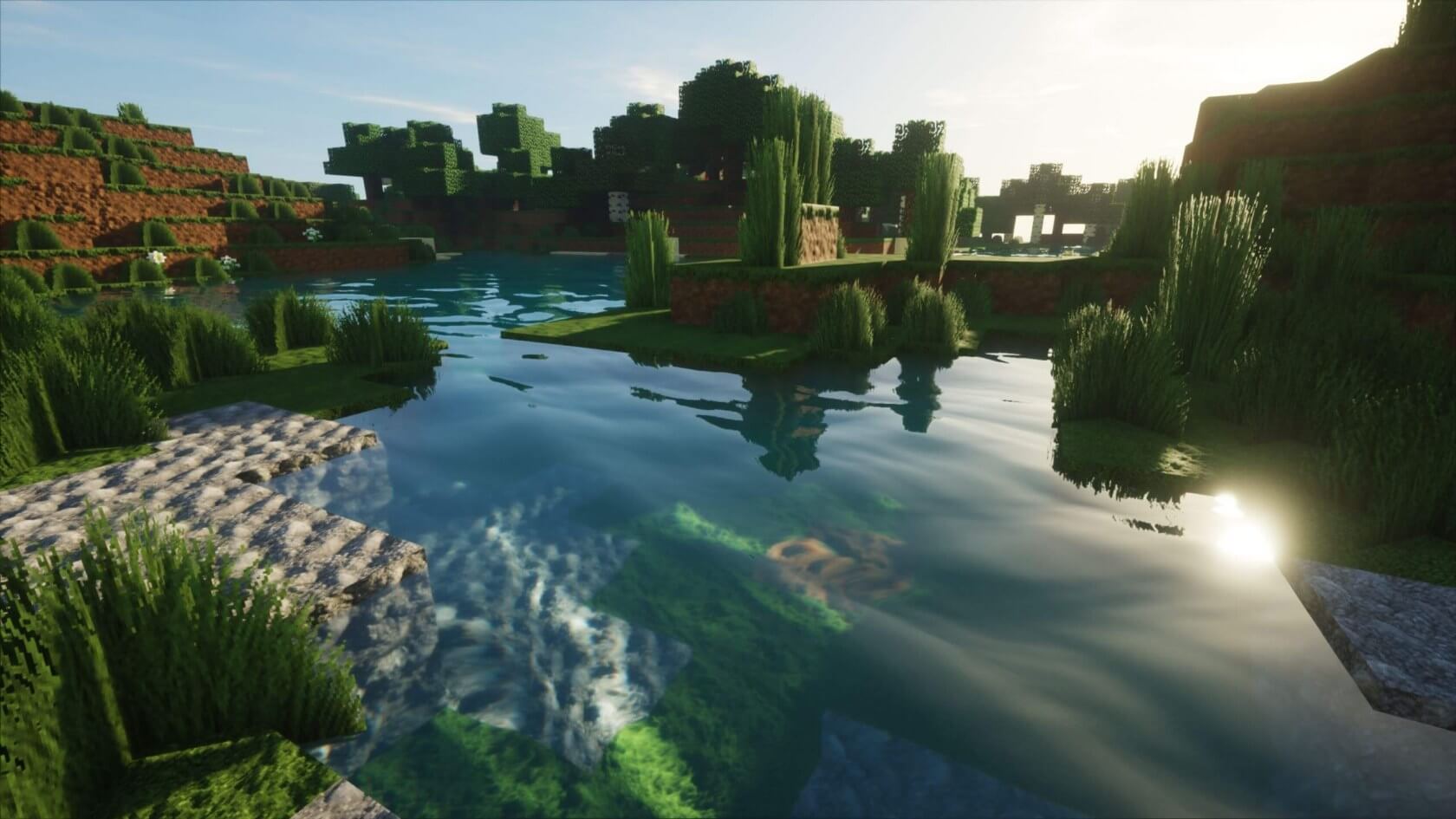TechSpot regulars may recall that earlier this month, Minecraft – one of the most popular games of the modern generation – got its very own version of ray tracing in the form of a third-party shader pack. The pack adds "path tracing" rendering to the game, which creates effects that are remarkably similar to what we've seen in Nvidia RTX-powered titles like Metro Exodus and Battlefield V.
The shader pack adds reflections to shiny surfaces, light shafts, and more. To give us a deeper glimpse of the pack in action, Digital Foundry's Alex Battaglia and John Linneman have decided to take viewers on a 30-minute in-game ray tracing tour.
Prior to publishing the video, Battaglia constructed a number of rooms, each of which were designed to show off the power of path tracing in a different way. We see specular bounce lighting as light pours into rooms and hits various blocks, and one room even shows the differing levels of reflectivity for various block types - light bounces of metallic blocks more easily than wool blocks, for example.
As Linneman says, this approach to creating ray tracing-like effects is more software-driven than hardware-driven, but it still takes a pretty big bite out of performance. Despite the beefy specs of Linneman's rig – it was powered by an Nvidia RTX 2080 Ti, 32GB of RAM, and an Intel Core i9 7900X – he still struggled to achieve a smooth 60 FPS at 1080p.

Battaglia's system was considerably weaker, with a GTX 1070, AMD's Ryzen 1700X, and 16GB of RAM. As you might expect, his performance was even worse - indeed, he had to knock Minecraft's resolution down to 720p and cap the FPS at 30 to make the game playable.
Apparently, even that level of playability is only possible because of the very nature of Minecraft: the entire world is made up of blocks, which aren't very complex. They're either deleted or existing and remaining still. With very few exceptions (such as sand or gravel, which fall straight down), almost every block in Minecraft is completely static.
Due to these unique qualities, if one were to try to implement this tech in another ordinarily non-performance-intensive game, such as Fortnite, there's a good chance it'd be near-impossible to run on modern rigs without some form of hardware-based optimization.
Still, performance aside, it's interesting to see Minecraft from such a different perspective. If you have a rig that can take full advantage of this mod (created by Sonic Ether), you can download it from the modder's Patreon page right here.